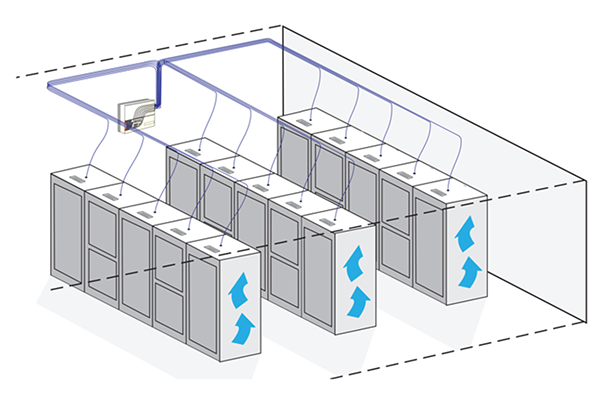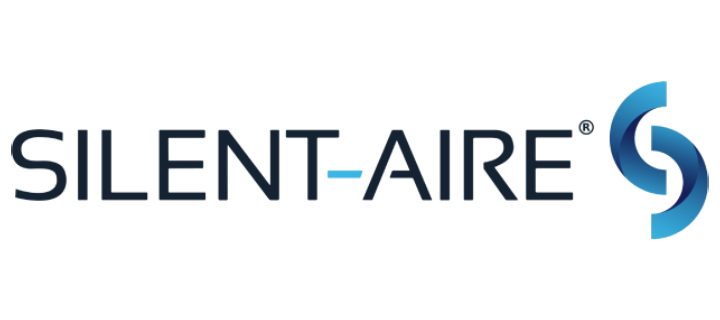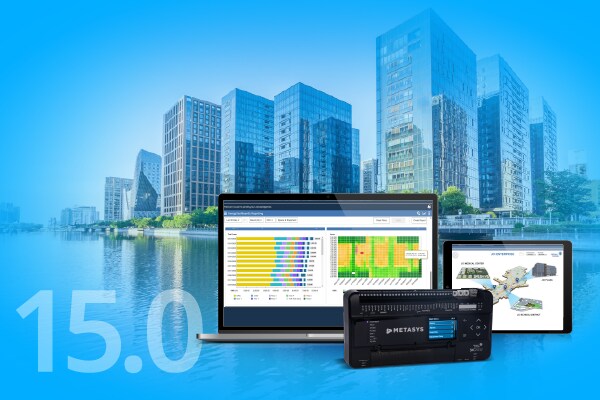- Johnson Controls
- Insights
- Aspirating Smoke Detection
Every Second Matters: Harnessing Aspirating Smoke Detection for Early Fire Alerts in Data Centres
Precision Fire Detection for High-Risk Environments
In data centres, where uptime is critical and equipment is densely packed, early fire detection is essential. Aspirating Smoke Detection (ASD) systems offer a proactive approach by continuously sampling the air for the earliest signs of smoke - often before it’s visible to the human eye.
A network of fine, perforated pipes is installed throughout the facility, drawing in air samples from strategic locations. These pipes can be positioned above, around, or even inside server racks and power supply units - areas most prone to overheating and smouldering. This targeted placement allows ASD systems to detect potential fire threats at their source, providing valuable time to respond before a situation escalates.
With ASD integrated into fire alarm panels and remote monitoring tools, operators gain real-time visibility and alerts (often directly to their mobile devices) enabling faster, more informed decision-making. In environments where every second counts, this level of responsiveness can make all the difference.

 By Martin Schulte-Frankenfeld, Senior Director of Product Management for Fire Detection, Johnson Controls
By Martin Schulte-Frankenfeld, Senior Director of Product Management for Fire Detection, Johnson Controls
As the current surge in artificial intelligence (AI) fuels rapid global expansion of data centres, operators are under increasing pressure to maintain safe, efficient and profitable operations. In this high-stakes environment, robust fire protection is not just a regulatory requirement - it is a business imperative.
Ensuring continuous data availability and minimising the risk of loss are critical. Fires can cause irreversible damage to servers, potentially resulting in catastrophic data loss, whether it’s financial transactions, medical records or proprietary intellectual property. That’s why fire protection strategies must be carefully considered, with a strong emphasis on early detection.
While fire suppression has traditionally taken precedence, early fire detection is now more vital than ever. Smouldering fires, particularly in densely packed electrical areas, can go unnoticed until they escalate. Early detection provides valuable time to act, helping to prevent injury, protect equipment, and reduce costly downtime.
Thanks to recent advancements in Aspirating Smoke Detection (ASD) technology, data centre operators now have access to highly sensitive, real-time fire detection. Integrated directly with fire alarm systems, ASD can deliver early warnings (even to mobile devices) enabling faster, more informed responses.
How ASD systems work
Aspirating Smoke Detection systems have a proven track record in safeguarding sensitive environments. First developed in the 1980s, this technology has evolved to offer unparalleled precision. ASD systems use a network of fine, perforated pipes installed throughout the data centre to continuously draw in air samples. These pipes can be strategically positioned near, above or even within server racks and power supply units - areas most prone to overheating and smouldering.
By detecting smoke particles at the earliest possible stage, ASD systems provide a critical window of opportunity to intervene before a fire becomes a crisis.
Recent advancements in Aspirating Smoke Detection (ASD) technology now allow data centre operators to receive highly accurate fire detection alerts and early warnings directly on their mobile devices. By integrating ASD with the facility’s fire alarm system, operators gain real-time visibility and faster response capabilities, helping to safeguard critical infrastructure before incidents escalate.
Advanced Fire Detection for Modern Data Centres
An air pump, or aspirator, actively draws air through a network of sampling pipes and delivers it to a detection unit. This unit analyses the air using highly sensitive LED or laser-based technology. Aspirating Smoke Detection (ASD) systems can identify smoke particles at much lower concentrations than conventional smoke detectors, often before they are visible to the naked eye.
If the concentration of smouldering particles exceeds a pre-set threshold, the system issues an early warning alarm to alert building operators. This allows them to assess the situation and, if necessary, initiate fire safety procedures.
Key Benefits of ASD in Data Centres:
Due to their unique operation, ASD systems offer several advantages for data centre environments:
- Effective in High-Airflow Conditions:
Server rooms circulate large volumes of air to cool equipment. ASD systems are designed to collect air samples from fixed points throughout the space, ensuring reliable detection even in constantly moving air. - Customisable Risk Management:
Operators can adjust sensitivity levels to suit different zones. Lower sensitivity in non-critical areas helps reduce false alarms, while higher sensitivity near dense server racks or battery storage areas ensures quicker detection. - Reduced False Alarms:
ASD systems use advanced technology to distinguish between harmless dust and actual smoke, improving reliability and reducing unnecessary disruptions. - Cost-Effective Coverage:
A single ASD unit can monitor large or complex areas, making it a practical solution for expansive data centre facilities.
Improved Early Warning Capabilities
Standalone ASD systems require personnel to be near the control panel to notice an alarm, which can delay response times. Integrating ASD with the main fire alarm system allows teams to monitor all activity from a central dashboard.
To further enhance early warning capabilities, remote monitoring devices can be added. These provide cloud-based access and mobile notifications, enabling operators to manage fire detection systems from any location. This is especially useful for those overseeing multiple data centres across regions or countries.
When fully integrated, ASD systems can issue two levels of alarms:
- Early Warning:
Indicates a rise in smouldering particles, prompting investigation before a fire develops. - Full Alarm:
Confirms the presence of smoke and triggers local alerts to prompt immediate action.
This multi-stage approach allows for early intervention, such as investigating the source or powering down equipment, before serious damage occurs.
Strengthening 24/7 Protection
Adding ASD to traditional fire suppression systems is a smart investment. Early detection helps reduce the risk of injury, data loss, and downtime, protecting both people and assets.
ASD systems are highly effective at identifying fire risks in their earliest stages. Their value increases when integrated with fire alarm systems that offer remote monitoring and real-time connectivity.
To ensure your data centre is protected by a safe, compatible, and fully integrated detection system, it is best to work with a full-service solutions provider experienced in the data centre sector. These experts can carry out a comprehensive risk assessment and help you implement a system that ensures every second counts, keeping your operations safe and resilient.
This article originally appeared in Data Centre Dynamics in April 2025.
























.jpg?la=en&h=320&w=720&hash=244C75B74F0F77521D56164450973BCD)







































